For Appointment: Raiya Circle: 8905150606 8460044502 Mavdi: 7575887500 9924047400
What is Placenta Previa?
Pregnancy is filled with changes, most of which are normal and expected. But sometimes, unexpected conditions arise that require special attention. One such condition is called Placenta Previa — a term that might sound complicated but is important for expectant mothers to understand.
In this blog, we’ll take you through everything you need to know about Placenta Previa: what it is, why it happens, how it affects pregnancy, and what to expect if you’re diagnosed with it.
The placenta is a vital organ that forms during pregnancy. It provides oxygen and nutrients to your baby and removes waste products from the baby’s blood. Normally, the placenta attaches to the upper wall of the uterus, away from the cervix (the opening to the birth canal).
Placenta Previa occurs when the placenta partially or completely covers the cervix, either early or later in pregnancy. This can cause complications during delivery and often requires careful monitoring.
There are three main types of Placenta Previa, based on how much of the cervix is covered:
Complete (Total) Previa: The placenta completely covers the cervix.
Partial Previa: The placenta partially covers the cervix.
Marginal Previa: The placenta reaches the edge of the cervix but doesn’t cover it.
The most common and noticeable symptom of Placenta Previa is:
Painless vaginal bleeding, typically in the second or third trimester
Other possible signs include:
Bleeding after intercourse
Contractions or uterine cramping
Bleeding that starts and stops
It’s important to note that not all women experience symptoms, which is why regular ultrasounds during pregnancy are crucial.
The exact cause isn’t always known, but several factors can increase the risk:
Previous C-section delivery
Prior placenta Previa
Carrying multiple babies (twins, triplets)
Uterine surgeries (like fibroid removal)
Smoking or using drugs during pregnancy
Being 35 or older during pregnancy
Sometimes, Placenta Previa occurs with no identifiable risk factors at all.
Placenta Previa is typically detected during a routine ultrasound. If it’s found early in pregnancy, there’s a good chance the placenta will move upward as the uterus grows — a process called placental migration.
However, if it remains low-lying later into pregnancy (after 20–24 weeks), more detailed ultrasounds and monitoring may be needed.
Placenta Previa can lead to serious complications if not managed properly, such as:
Severe bleeding (hemorrhage) during pregnancy or labor
Preterm birth
Placental abruption (separation of the placenta from the uterus)
Risk during vaginal delivery due to blocked cervix
Because of these risks, many women with placenta Previa are advised to avoid strenuous activities, abstain from intercourse, and may even require hospital bed rest in later stages.
There’s no medication to cure Placenta Previa, but it can be safely managed through careful planning and medical care. The treatment plan depends on:
The extent of the cervix coverage
The amount of bleeding
The baby’s gestational age
You may be advised to rest more and attend frequent checkups.
The doctor may allow the pregnancy to progress naturally until full term.
A planned C-section is usually scheduled at around 37 weeks.
Emergency C-section may be necessary if heavy bleeding occurs earlier.
Yes — in many cases diagnosed early, the placenta gradually shifts upward as the uterus expands. This happens in about 90% of cases diagnosed before 20 weeks. That’s why follow-up ultrasounds are important throughout the second and third trimesters.
While the diagnosis may sound scary, it’s manageable with the right care. Here’s what you can do if you’ve been diagnosed:
Attend all prenatal appointments
Follow your doctor’s advice about activity restrictions
Know the signs of heavy bleeding and go to the hospital immediately if they appear
Stay calm — many women go on to have healthy pregnancies and deliveries, even with placenta Previa

Learn why uterus pain occurs during early pregnanc...

Ovary pain during pregnancy can signal issues like...

Learn what a small uterus means for pregnancy, its...
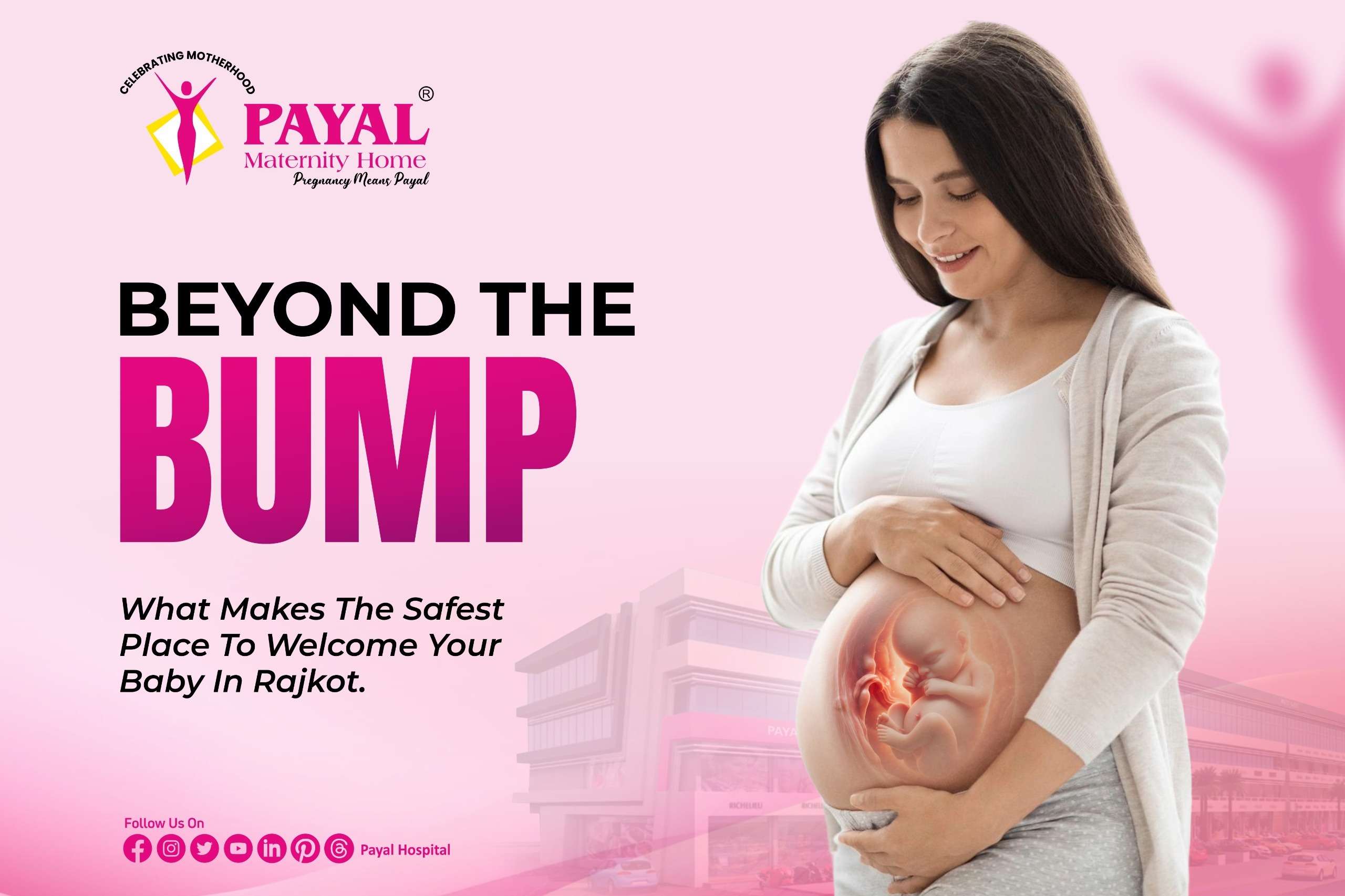
Payal Maternity Home Rajkot, birthing suites Rajko...
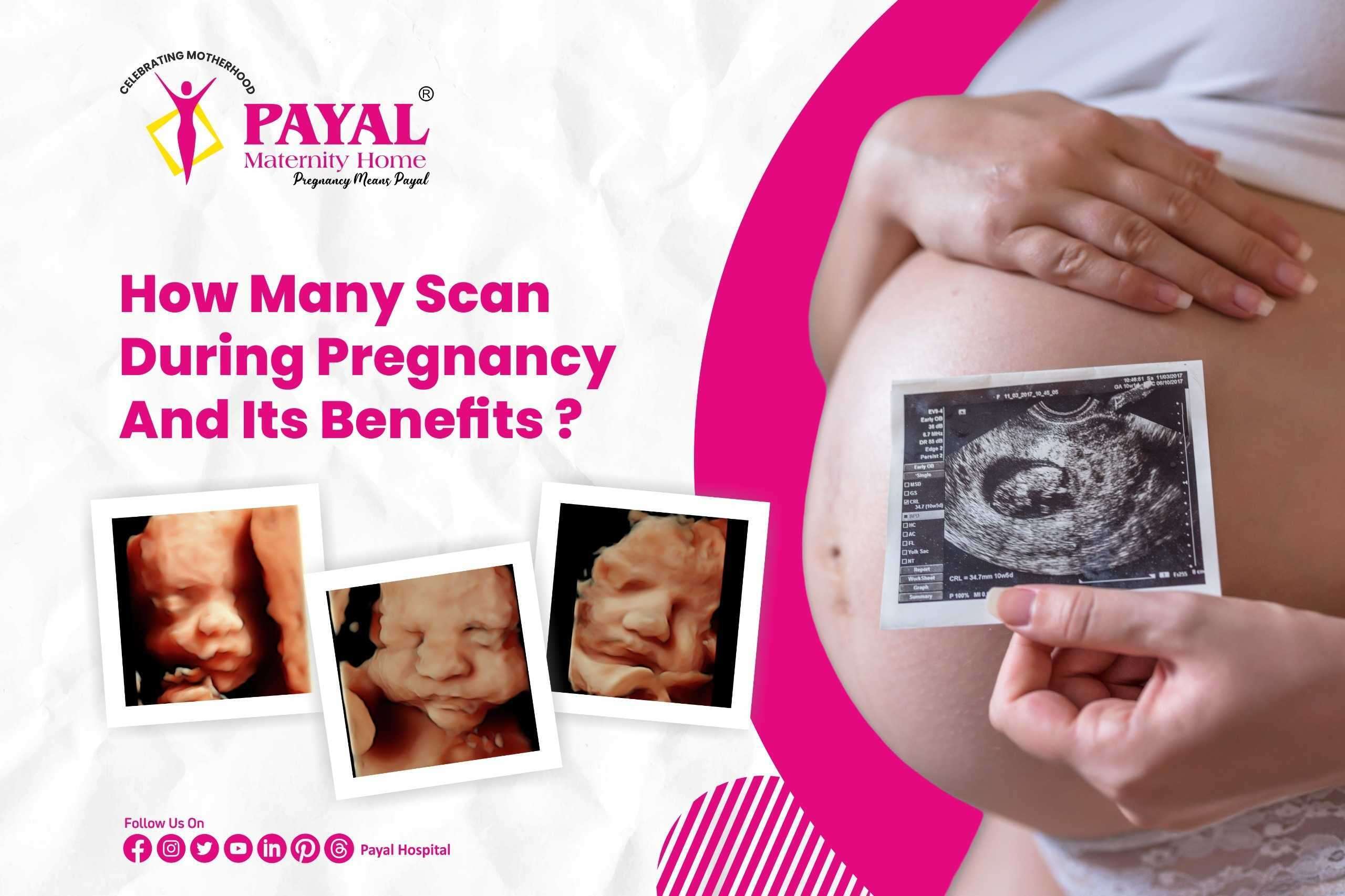
Learn how many ultrasound scans are typically done...

Learn about placenta previa, its symptoms, causes,...
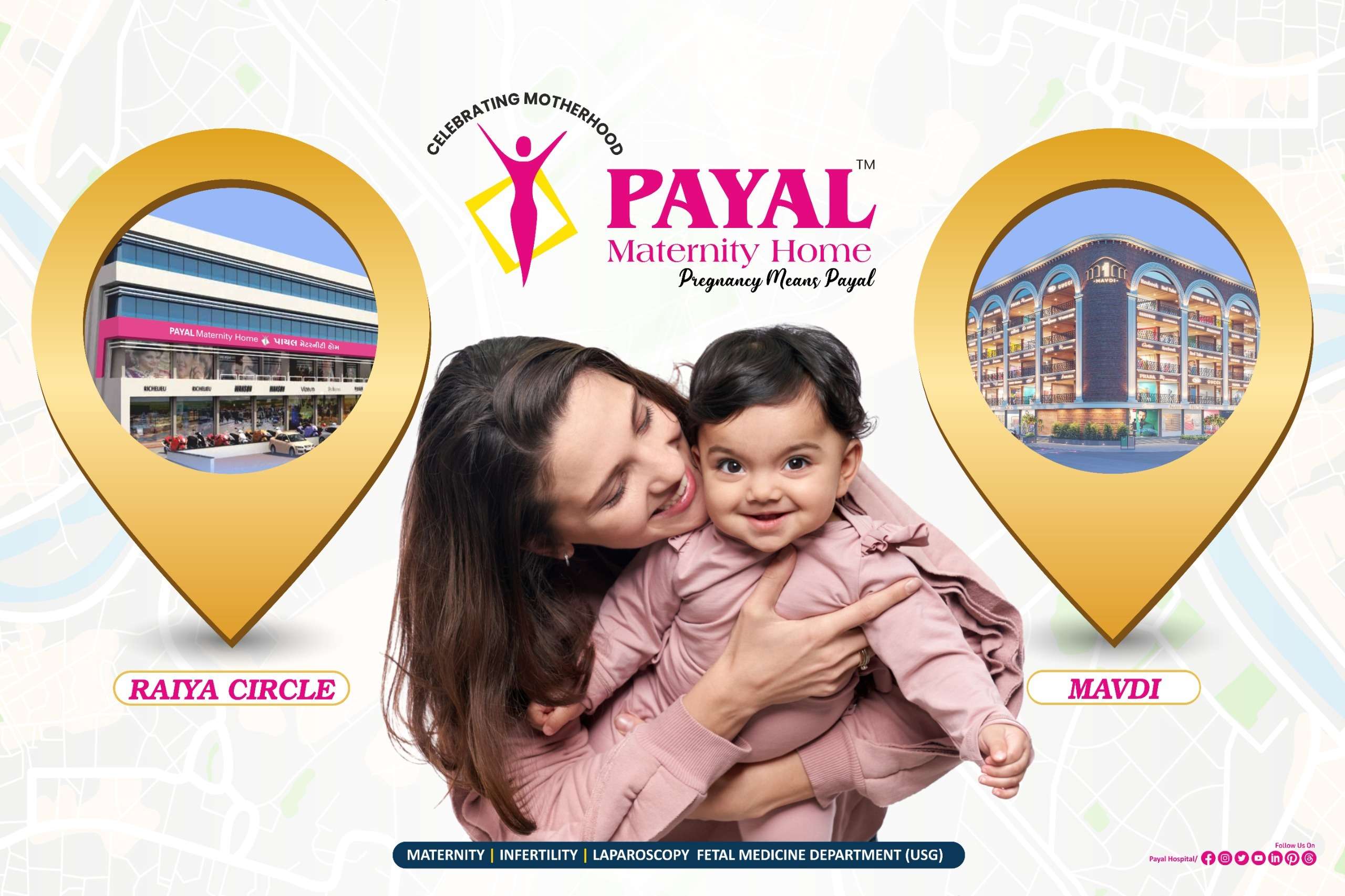
Payal Maternity Home Rajkot offers expert gynecolo...
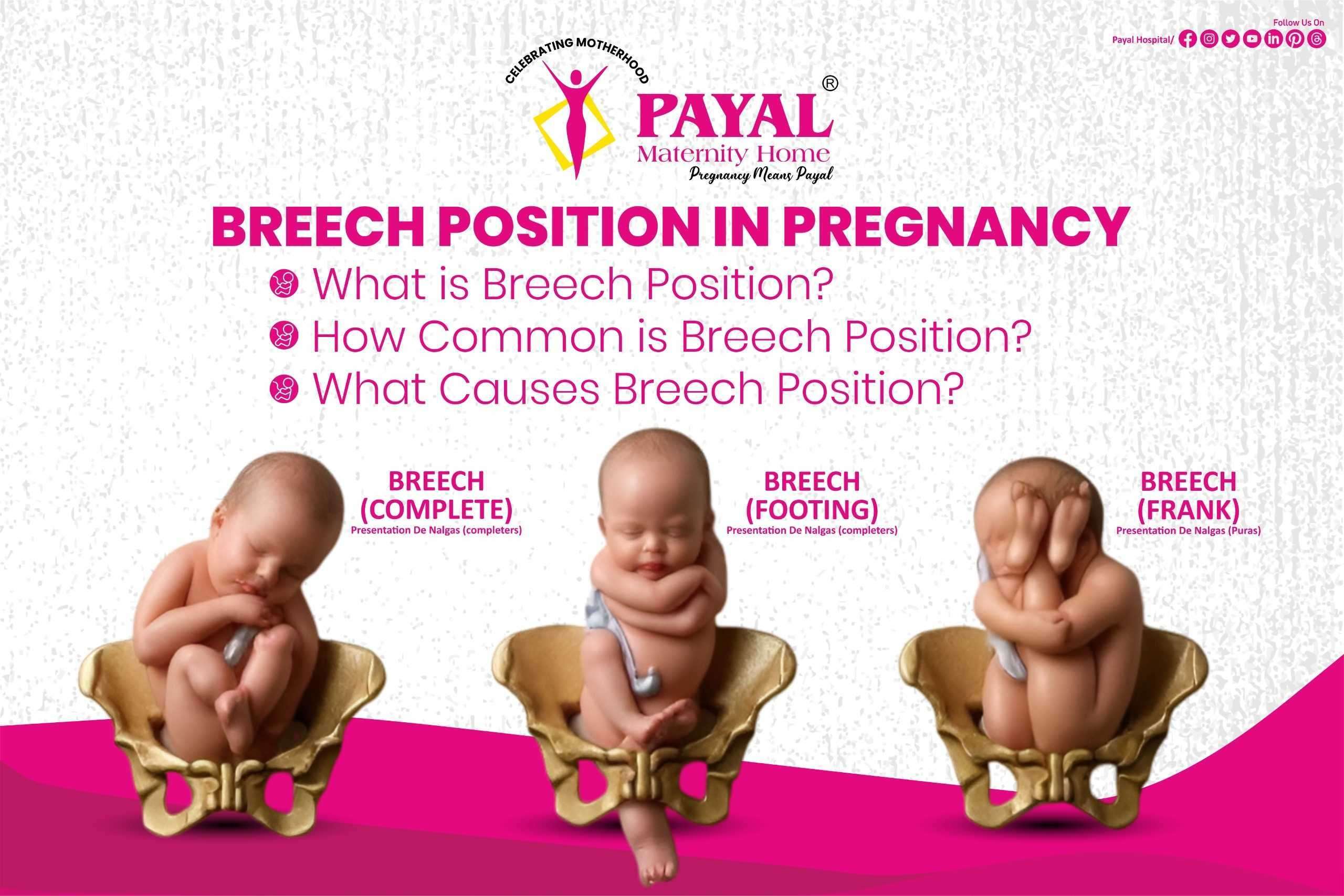
Learn about breech positions in pregnancy, why the...
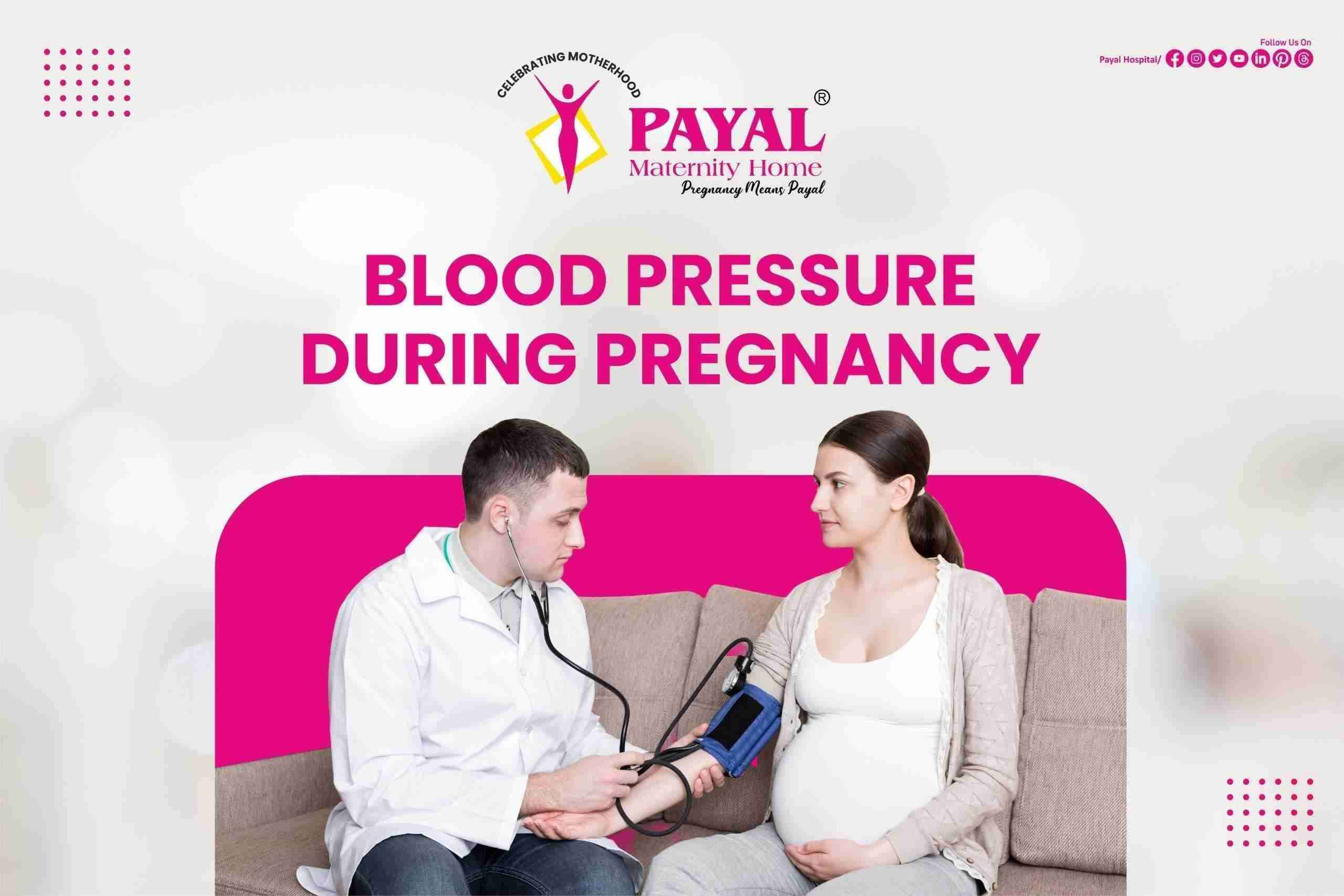
Learn about normal and high blood pressure during ...
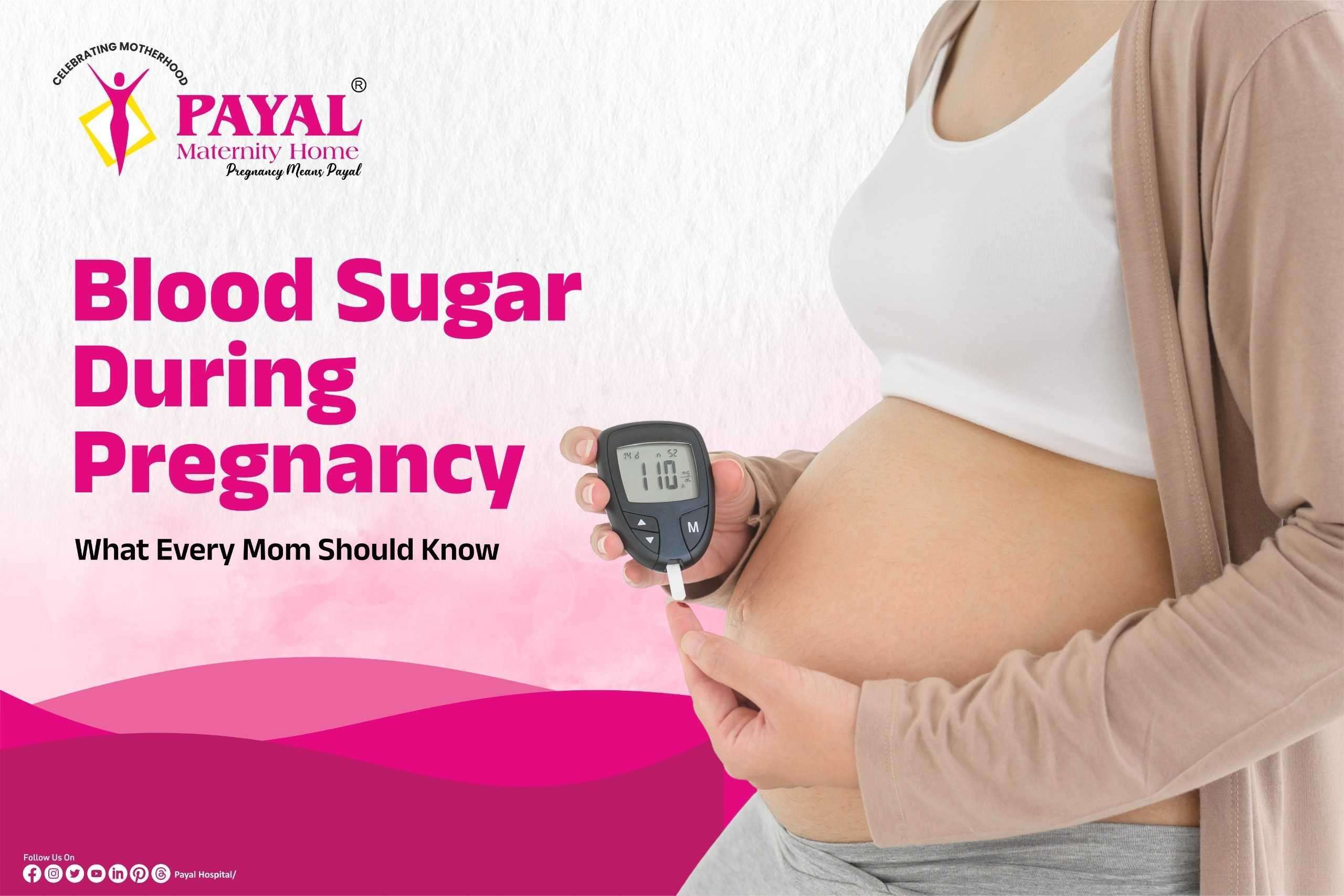
Learn how pregnancy affects blood sugar, what gest...